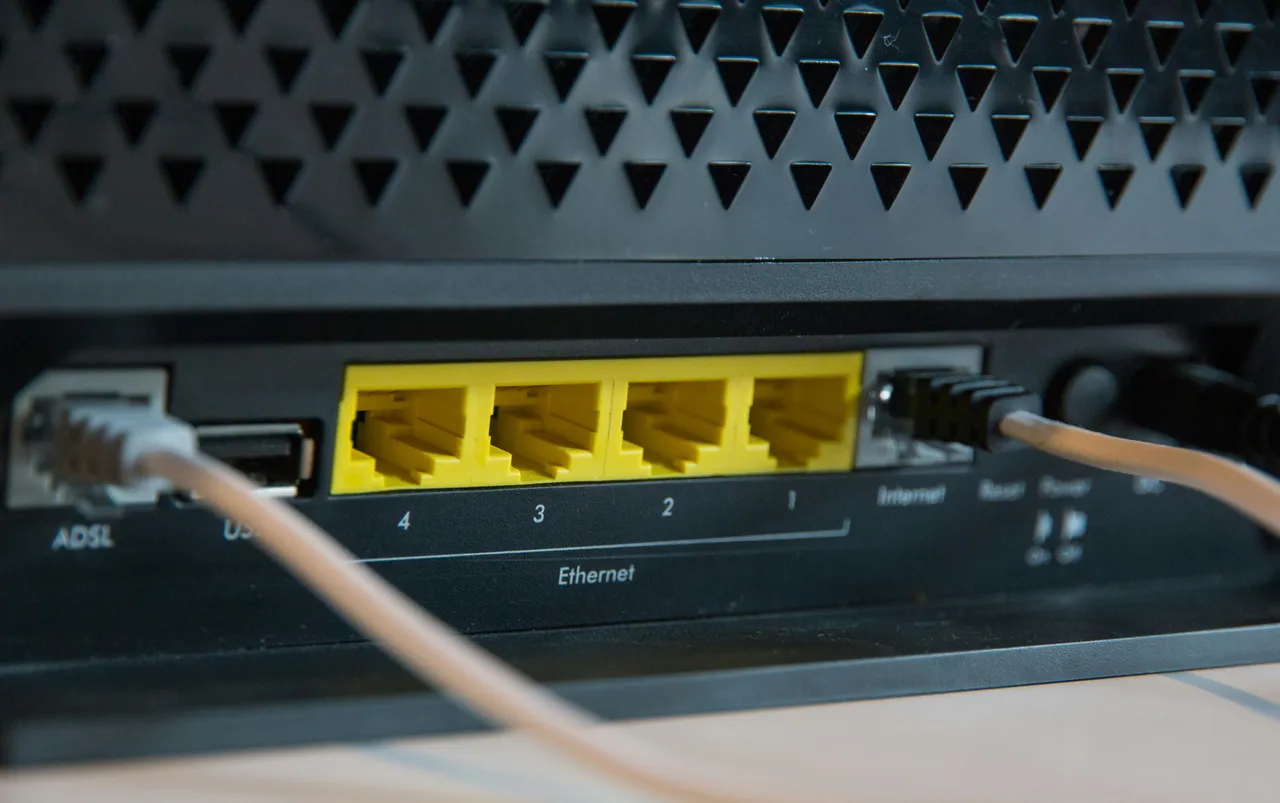Common Network Installation Mistakes and How to Avoid Them
Network installation is critical for any business or home setup, ensuring connectivity and efficiency. Avoid common mistakes for a smooth operation.
Overlooking Network Planning
One of the most prevalent mistakes in network installation is the lack of proper planning. Many individuals jump straight into setting up their networks without a clear understanding of their needs or the layout of their environment. This oversight can lead to inadequate coverage, poor performance, and increased expenses in the long run. Before anything else, assess your space and determine the optimal placement for routers and access points to ensure comprehensive coverage and signal strength. Additionally, consider future expansions or modifications to your network to avoid unnecessary reconfigurations.
Moreover, failing to plan for network security can have dire consequences. Implementing robust security measures from the outset is paramount to protect against unauthorized access and cyber threats. This includes setting up firewalls, using strong, unique passwords, and regularly updating your network devices.
Ignoring Cable Management
Neglecting cable management can result in a disorganized and malfunctioning network. Cables that are haphazardly installed not only create an eyesore but can also lead to signal interference, decreased performance, and increased wear and tear. Proper cable management ensures a neat setup, easier maintenance, and enhanced performance. Utilize cable ties, labels, and trays to organize cables methodically. This not only improves aesthetics but also facilitates troubleshooting and future expansions.
Additionally, using low-quality cables or the wrong type of cables for your setup can degrade your network's performance. Invest in high-quality, appropriate cables and ensure they are laid out efficiently to avoid unnecessary signal loss or interference.
Disregarding Scalability
Another common mistake is not planning for network scalability. As your business or home needs grow, your network should be able to accommodate increasing demands. Failing to consider scalability can result in costly upgrades or complete network overhauls down the line. Design your network with growth in mind, choosing equipment and configurations that can be easily upgraded or expanded. This foresight not only saves money but also ensures that your network remains efficient and reliable over time.
Furthermore, not regularly updating network hardware and software can lead to performance bottlenecks and security vulnerabilities. Keep your network components up to date to benefit from the latest features and security enhancements.
Overcomplicating the Network
Simplicity is key when it comes to network installation. Overcomplicating your network with unnecessary features or equipment can lead to confusion, increased costs, and difficulties in maintenance. Stick to what is necessary for your requirements and aim for a configuration that is straightforward to manage and troubleshoot. This approach not only makes your network more efficient but also more secure.
In addition, ensure you have proper documentation for your network setup. This should include a detailed map of your network's architecture, settings, and any custom configurations. Such documentation is invaluable for troubleshooting issues and for future modifications to the network.
In conclusion, avoiding these common mistakes in network installation can lead to a more efficient, secure, and reliable networking environment. By focusing on thorough planning, proper cable management, scalability, and simplicity, you can ensure your network serves your needs today and in the future. Remember, a little foresight goes a long way in preventing headaches down the road.
This article was developed using available sources and analyses through an automated process. We strive to provide accurate information, but it might contain mistakes. If you have any feedback, we'll gladly take it into account! Learn more

